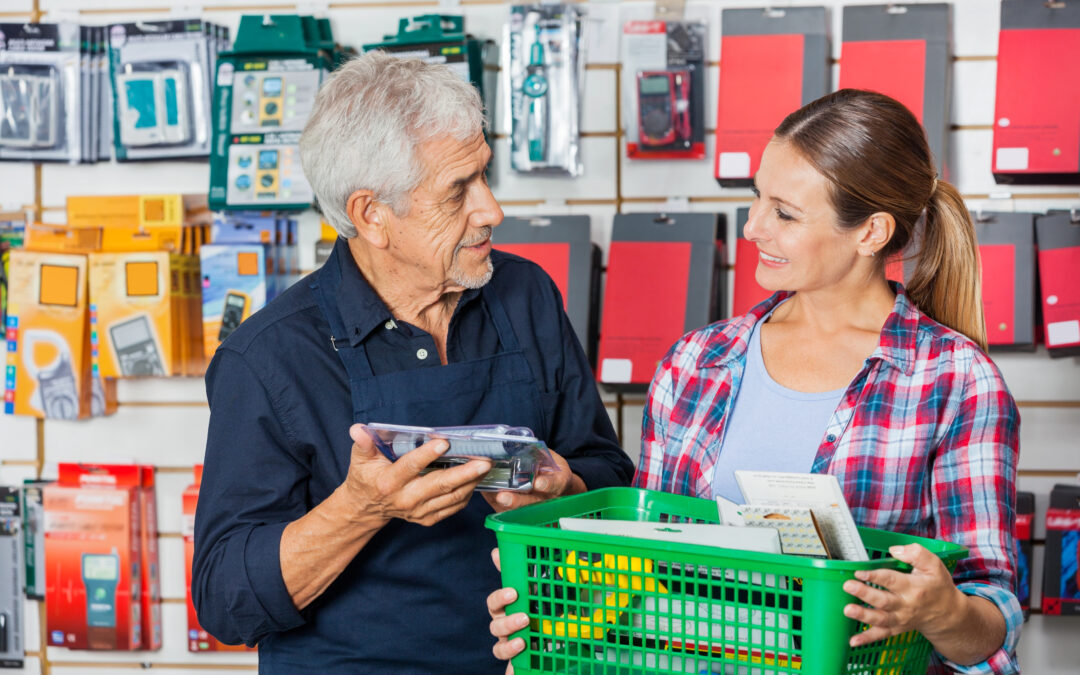Over the last two weeks, we have defined and found our value propositions and customer segments. Now it’s time to talk about how and where we’re delivering that value to those customers. The vehicle of delivering service to your customer is called a channel. You and I are meeting though this website right now. Billyepperhart.com is one of my channels. But you also might have met me when I’m speaking at an event, which is another channel. So the question is this: where are your customers going to meet you?
This is huge: Channels are a key customer touch point. If you own a coffee shop in the city, then your primary channel, the primary touch point, is going to be your location. This is where you and your customers interact. But some coffee shops have started doing a lot of online marketing to bring people in: Instagram, Facebook, etc. This becomes a different channel for them to interact with their customers. And then coffee shops that are also roasters may source their coffee out–causing more interaction.
To figure out what your business’s channels are you need to think about how your customer segment wants to be reached. Maybe a physical location doesn’t fit into their needs, but rather an online shop. Or maybe your customer segment is working 9-5 and needs a location that is convenient with flexible hours. Try to find out which channels best answer the customer’s entire need. And then always make sure they are as cost efficient as possible!
Then ask yourself how to reach them now. If a building or a stall isn’t in your immediate future, how can you still be bonding with this customer segment? Look at what sort of marketing is relevant to your segment. Go to trade shows. Star building that channel of communication and you’ll start lassoing customers.
I have a friend who had a food company that would package food products and go to trade shows. He had one key channel: Costco. And he had somebody on the inside with the buyers’ at Costco. He went to Costco’s buyers and asked them: “What food product do you need in Costco that you can’t already get?” So they described the product, and he took notes. He quickly finds key partners that can source that product for him. Then Sam’s club got interested. Then Walmart.
He sold that company for $100 million. All because he took advantage of one channel, quickly looked for others, and widened his market. And he did efficiently by producing exactly what the people wanted.
Channel decisions can be complex. Will it be easy or difficult for your customers to buy? Will you shout your value message or keep it quiet? Your channels are all customer touch points. They move from creating awareness to evaluating to purchase to delivery to after-sale support. You must evaluate each area of interaction and brainstorm how it can be better for your customer.
Here are some core issues in channels:
- Agents
- Distributers
- Retail
- Web–In today’s world, online presence is necessary. But will a blog or Pinterest be more important to your customers?
- International–Is your customer segment international? And if so, do you need to branch out? How?
- Channel phases, control and risk in each. (For example, my friend was taking a big risk by only using Costco. If they told him no, everything he’d created could have gone down the drain. So he immediately, when he got product in Costco stores, started shopping other channels like Sam’s. He offered Sam’s a product that wasn’t being sold in in Costco, and then he had a channel in Sam’s and Walmart.)
How are you reaching your customers right now? Is this the best way? Let me know in the comment section below!
Join me next Monday for more business model discussion.






